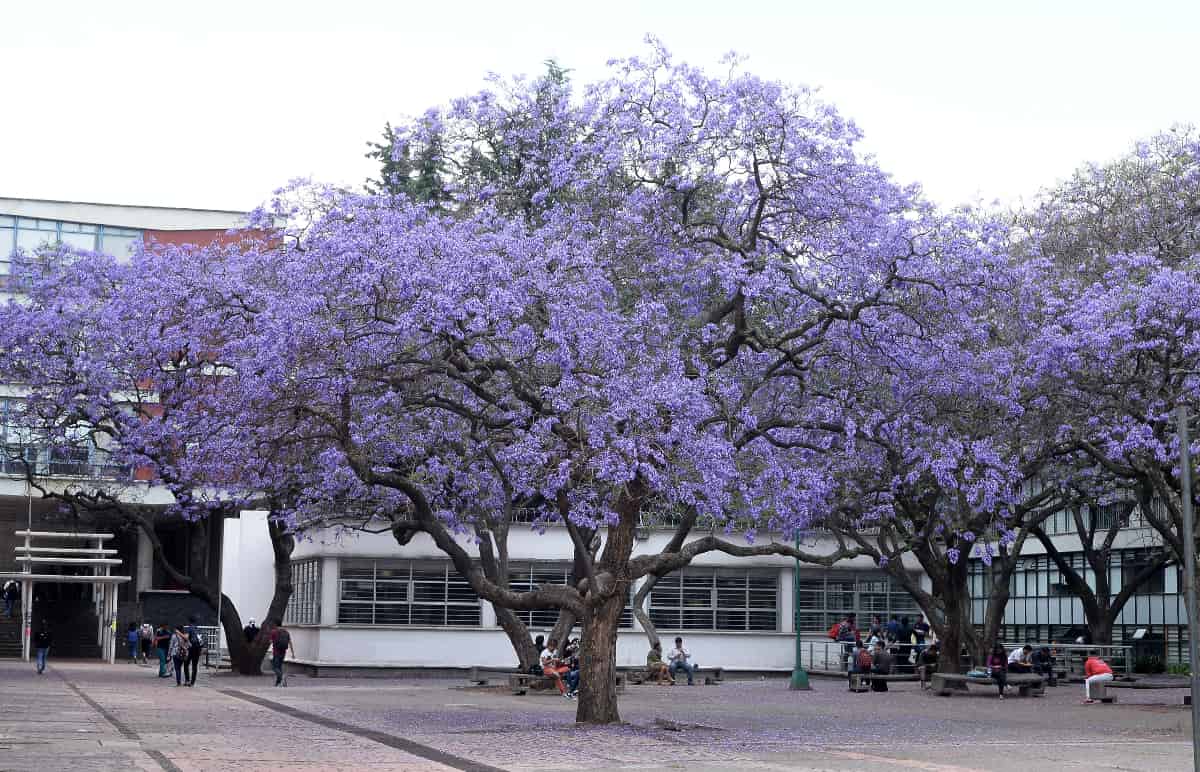It Is Urgent to Protect Biodiversity: We Are Not the Only Ones Who Inhabit the Planet
Mexico's biodiversity in its forests, jungles and other ecosystems must be protected, and why we must keep in mind that human beings are not the only ones who inhabit this planet.





